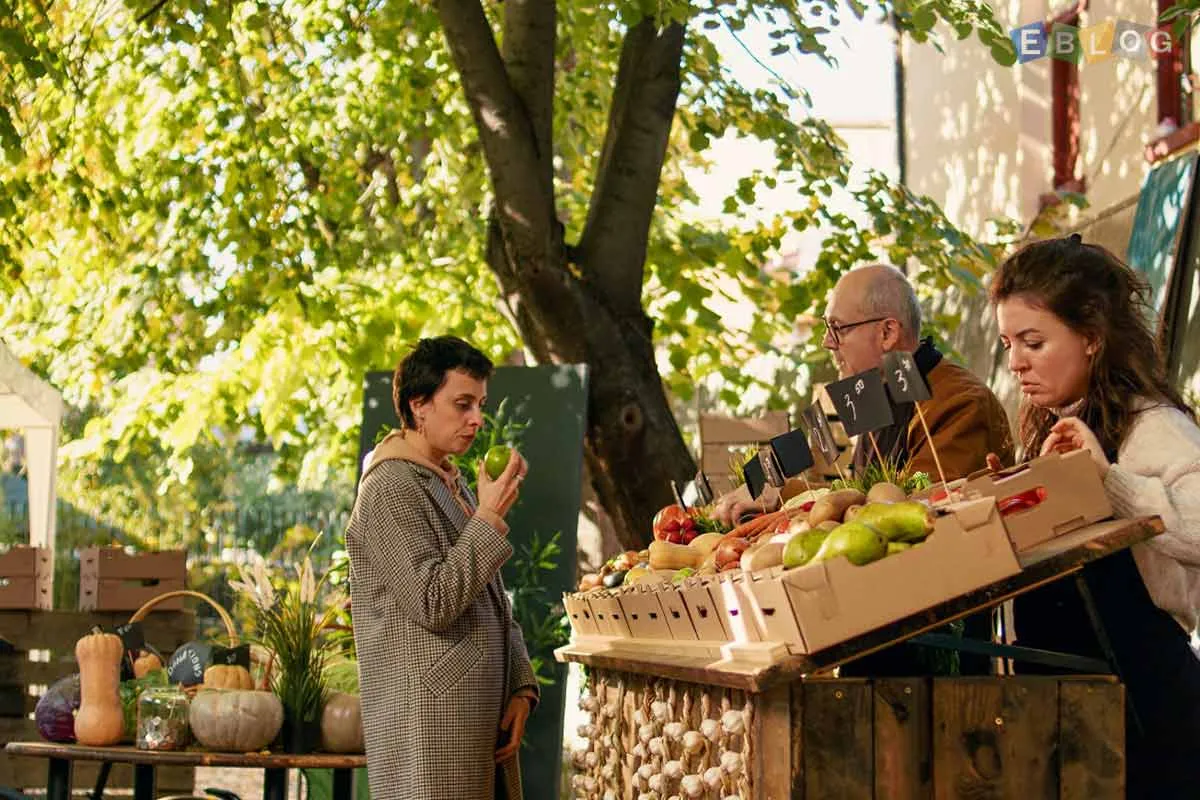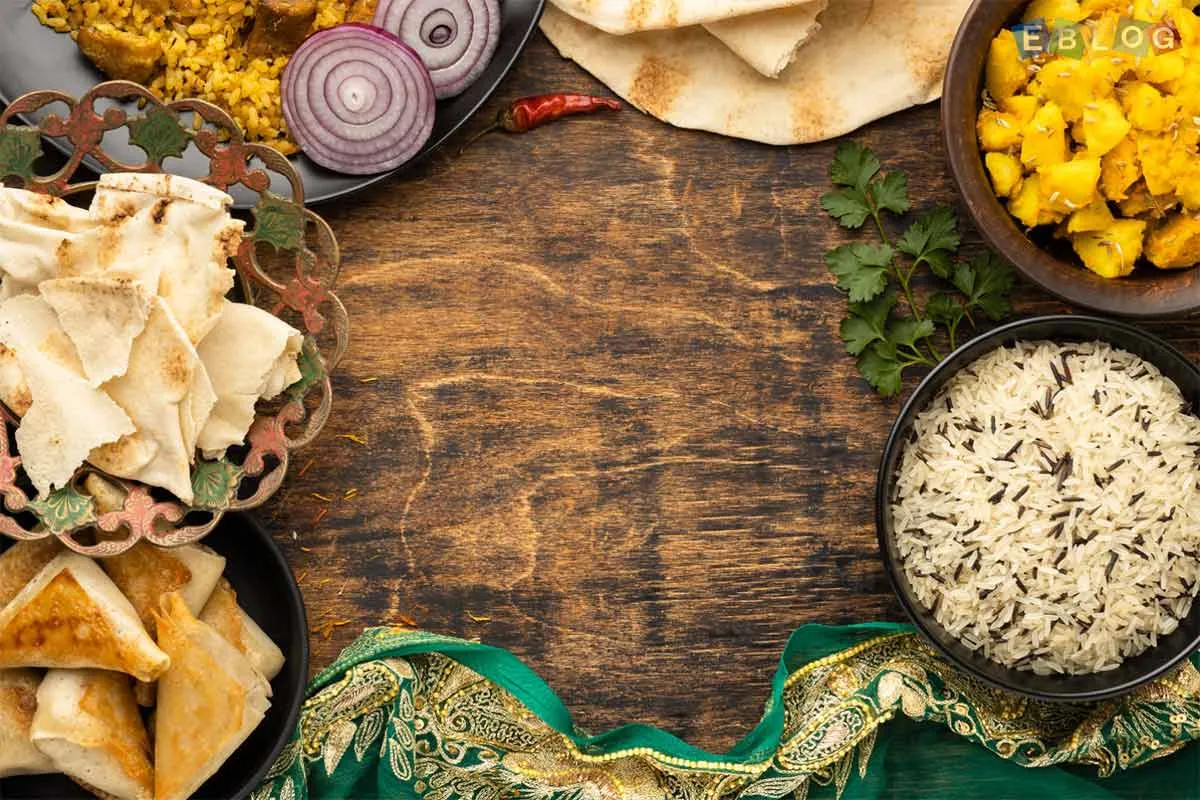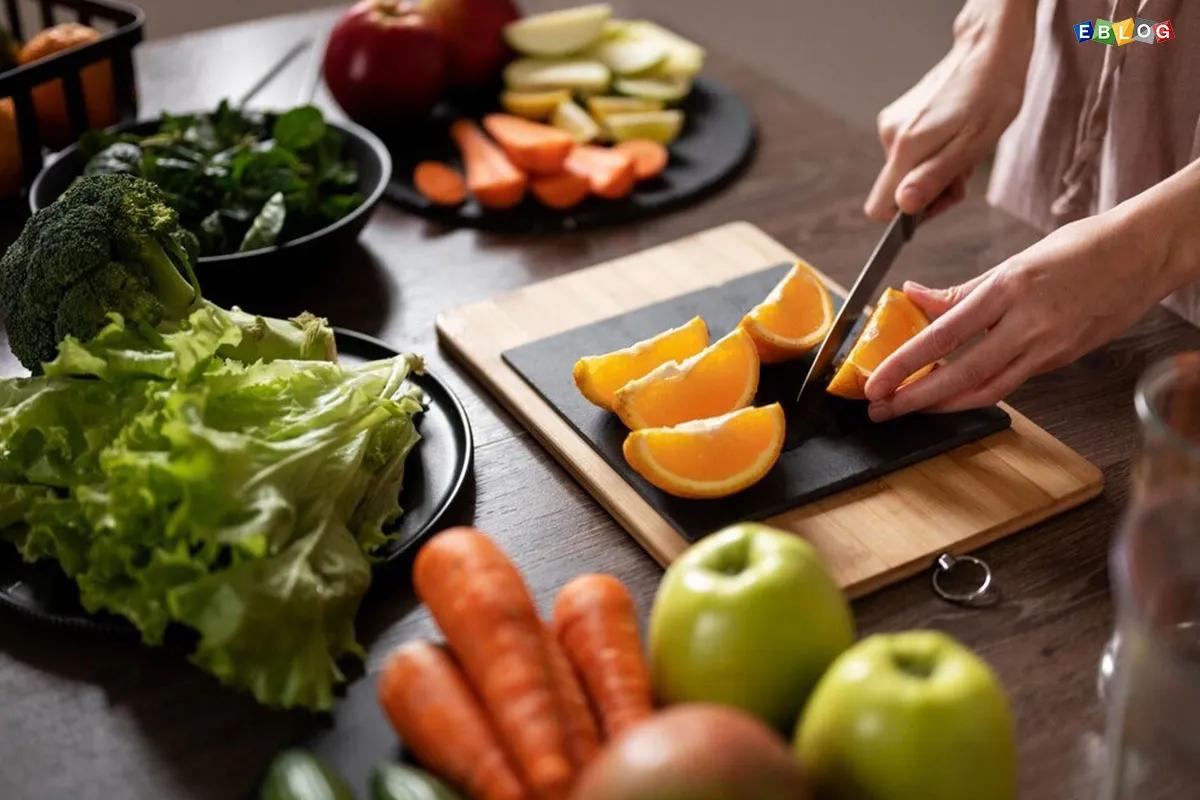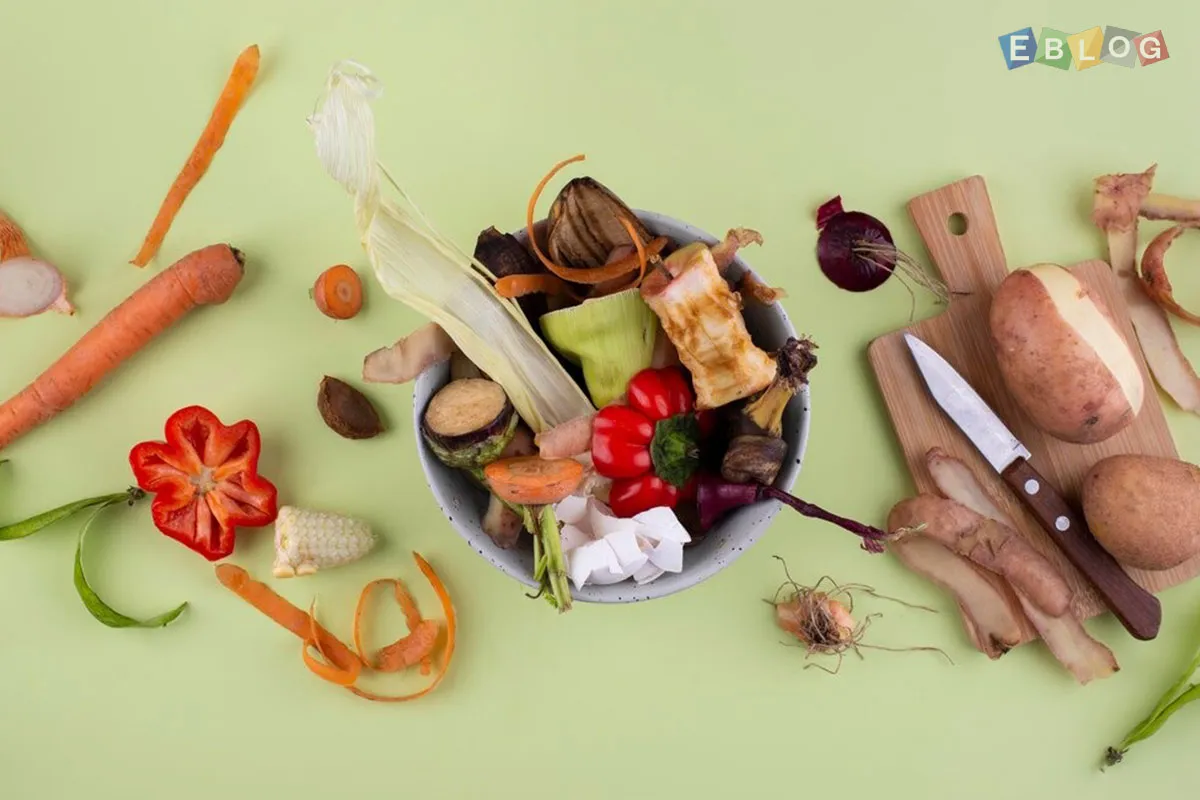
The Ultimate Guide to Farmers' Markets
- 26 Jul, 2025
- Food
- 287 Views
- 0 Comments
Whether you're a seasoned locavore or a curious first-timer, farmers' markets offer a unique and rewarding way to shop for food. These community-centered hubs bring you face-to-face with the people who grow your produce, raise your meat, and craft your goods—all while supporting local economies and sustainable agriculture.
In this ultimate guide, we'll walk you through everything you need to know about farmers' markets: what they are, why they matter, and how to make the most of your visit.
1. What Is a Farmers' Market?
A farmers' market is a regular, usually outdoor marketplace where local farmers and producers sell directly to consumers. You'll typically find seasonal fruits and vegetables, free-range meats, dairy, eggs, baked goods, flowers, handmade crafts, and even ready-to-eat food.
Farmers' markets are more than just places to buy groceries—they're cultural experiences that promote healthy eating, environmental sustainability, and community engagement.
2. Why Shop at Farmers' Markets?
Here’s why farmers' markets have exploded in popularity:
a. Freshness You Can Taste
Most of the produce is picked within 24–48 hours of being sold, which means better taste, higher nutrient content, and a longer shelf life.
b. Support Local Economies
Every dollar spent at a farmers' market goes straight to local farmers and artisans, helping to sustain small-scale agriculture and local jobs.
c. Eco-Friendly Choices
Shopping locally reduces the carbon footprint associated with long-distance food transport. Many farmers also use organic or regenerative practices.
d. Seasonal Eating Made Easy
Farmers’ markets help you eat with the seasons, which is often healthier and more affordable.
e. A Social, Community-Driven Experience
You’ll meet your neighbors, chat with farmers, and maybe even enjoy live music, cooking demos, or kids’ activities.
3. How to Shop Like a Pro at the Farmers' Market
Follow these practical tips to get the most out of your market experience:
a. Go Early (or Late!)
Early birds get the best selection, especially for high-demand items like berries or eggs. On the flip side, arriving near closing time may net you some end-of-day discounts.
b. Bring Your Bags and Cash
Help reduce waste by bringing reusable shopping bags. While many vendors accept cards or mobile payments, cash is still king—especially small bills.
c. Do a Lap First
Before buying, walk the full market to compare prices and quality. You might discover a hidden gem!
d. Talk to the Farmers
Ask questions about how food is grown or prepared. Most vendors are happy to share recipes, storage tips, and more.
e. Know What’s in Season
Learn what fruits and veggies are in season in your region so you can plan your meals accordingly.
4. What to Buy at a Farmers’ Market
Here are some favorite finds:
a. Fruits & Vegetables: Tomatoes, greens, apples, corn, and squash—flavorful and fresh.
b. Dairy & Eggs: Free-range eggs, artisanal cheeses, and fresh milk.
c. Bread & Baked Goods: Sourdough loaves, pastries, and gluten-free options.
d. Meat & Poultry: Grass-fed beef, pasture-raised chicken, and handmade sausages.
e. Preserves & Pantry Items: Jams, pickles, honey, sauces, and locally roasted coffee.
f. Plants & Flowers: Bouquets, herb starters, and seasonal garden plants.
5. Final Thoughts
Visiting a farmers' market isn’t just about food—it’s about reconnecting with where your food comes from, supporting local growers, and enjoying the rhythm of the seasons. Whether you’re looking to improve your diet, reduce your carbon footprint, or just enjoy a Saturday morning with a coffee in hand and a basket full of produce, farmers’ markets are a delicious place to start.
So grab your tote, head to your local market, and taste the difference fresh makes.














Leave a Reply